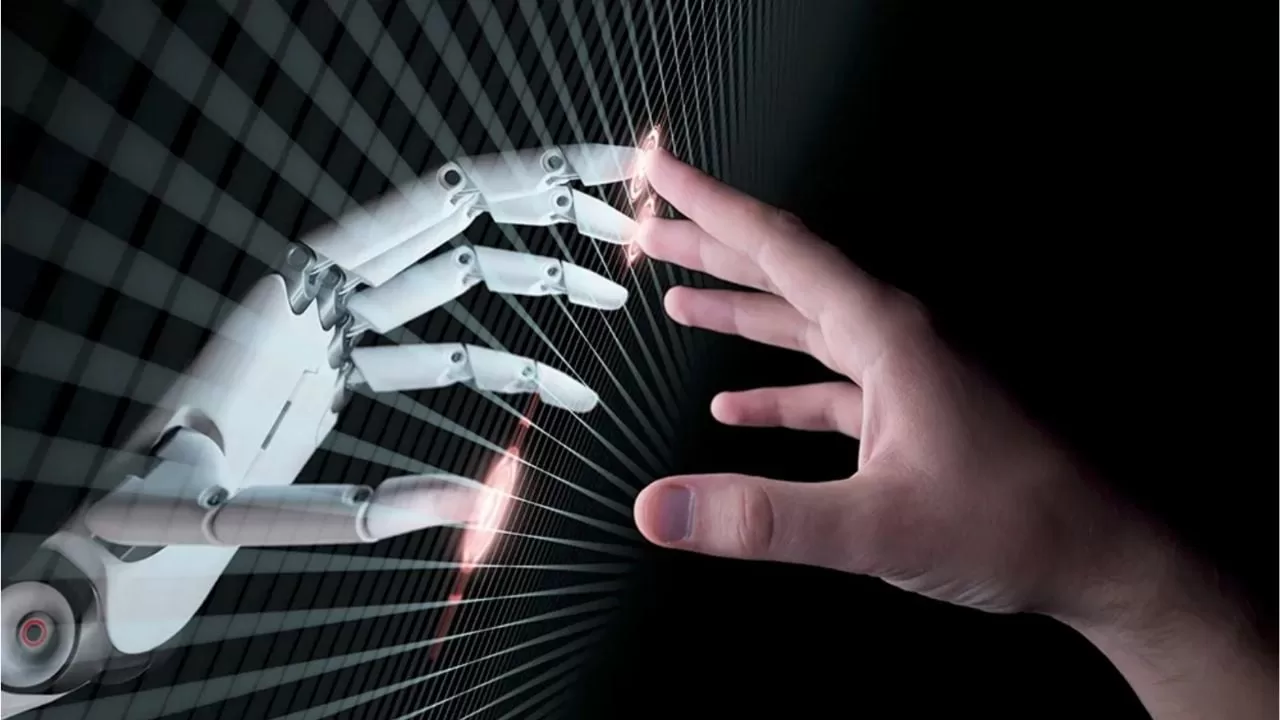Mexico City (Process).– As a result of the publication of the so-called textbooks, a controversy as old as outdated was unleashed, which had been brewing throughout the six-year term of López Obrador, but which until now has been expressed in all its words: communism vs. capitalism. The controversy is not only anachronistic because the world turned around in the 1980s with the fall of the Berlin Wall, globalization and technological changes, but also because the threat that hangs over humanity today lies precisely in that which no one of these ideologies has questioned and is common to them: the idea of development. Whether under communism or capitalism which, for lack of a blurred face, we call “left populism”, “neoliberalism” or “right populism”; either, even under that notion, no less imprecise, but which has become sacrosanct, “democracy”, climate change, poverty or, as Ivan Illich called it, “modernized poverty”, violence, massive displacements, unemployment, terrorism have more to do with the deranged technological race than with ideologies.
One of those who best analyzed it was Günther Anders (1902-1992), Hannah Arendt’s first husband and an unfairly forgotten philosopher; nobody likes doomsayers.
What Anders saw is that between the technological productions that began to be developed with industrialism and the consequences of their use, a gap has been opening up so great that it makes us increasingly incapable of looking at and understanding its catastrophe. Although Anders’ analysis is based on extreme facts: “the banality of evil”, developed by Arnendt at Eichamnn in Jerusalem, and the dropping of the atomic bomb on Hiroshima, what technology does and does to us can be extended to our daily lives. : all the devices that we use and plug us more and more into systemic processes, generate terrible consequences for which we do not feel responsible. As in the Lagers’ chain of death, neither felt responsible for the atrocity; as well as the fact that, with the exception of Calude Eatherly, no one who dropped the bomb on Hiroshima felt guilty (at that altitude, says Anders, where we cannot represent to ourselves the things we perceive from the window of the plane, any scruple is lost and annihilation can proceed that ends in an abstract representation: 200,000 deaths), we are not capable of assuming the consequences of technical developments and their uses in daily life. We do not see, for example, any relationship between starting our car and generating excessive loads of energy, with climate change. Neither between what the devices do to the environment, to our perceptions and to our lives. We don’t even see it in the excessive production of nuclear weapons that announce in their existence the possibility of absolute destruction. It is as if what we cannot morally conceive of, despite what we know about climate change, Nazism or Hiroshima, did not exist. Once our technical capabilities exceed certain critical thresholds, which we can no longer control, technologies turn against us and blind us, to the point that instead of limiting them we seek not only to improve them but, as already happens, to make them work without we. This programmed disappearance of man for the benefit of his productions is accompanied by another emotion that Anders calls “promethean shame”, the shame of not being oneself the product of a fabrication, of having been born and not having been made. As technological developments advance, we want to become more like our machines: far from using them, as we would with a tool, they integrate with us, altering our perceptions. The computer, the cell phone, and their multiple uses, for example, are prostheses that have been incorporated into us and, through algorithms, tell us how to feel, think, and act.
And what can we say about the experiments started with the NBIC Convergence project in which nanotechnologies, biotechnologies, information technologies and cognitive sciences come together. Its objective, whose ambitions have unleashed military uses, is to make man a demiurge that can produce what begins to be called “posthumanity.” What has been shown to us recently about artificial intelligence is just the tip of the iceberg.
Our ability to destroy ourselves in a war and to transform ourselves into beings that, incorporated into their apparatus, gradually become human, is the great threat of post-industrial societies and not the insufficient development of the productive forces as the communists believed, in a different way. and capitalists. It is that development that is destroying us in our humanity.

Seen from there, the human as conceived by culture has no future. The invisibility of the evil that technology produces does not seem hopeful. Faced with that future, where we can no longer govern what is beginning to govern us, the only way to continue the human adventure is to oppose it, knowing that any victory will always be a postponement of the worst.
I also believe that the San Andrés Accords must be respected, stop the war, free all political prisoners, do justice to the victims of violence, try governors and criminal officials, clarify the murder of Samir Flores, the massacre of the Le Barón, stop the megaprojects and restore governance to Mexico.

